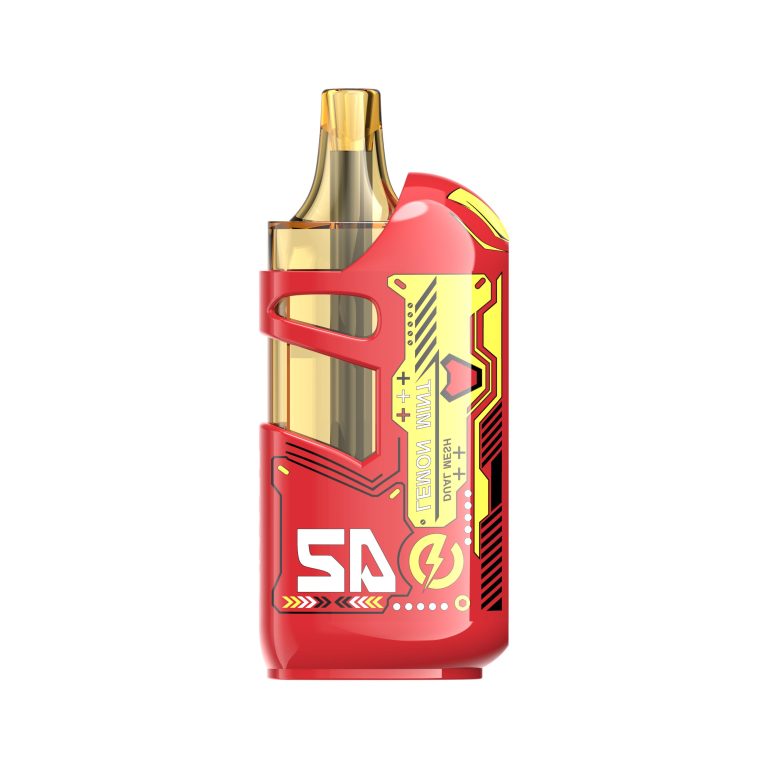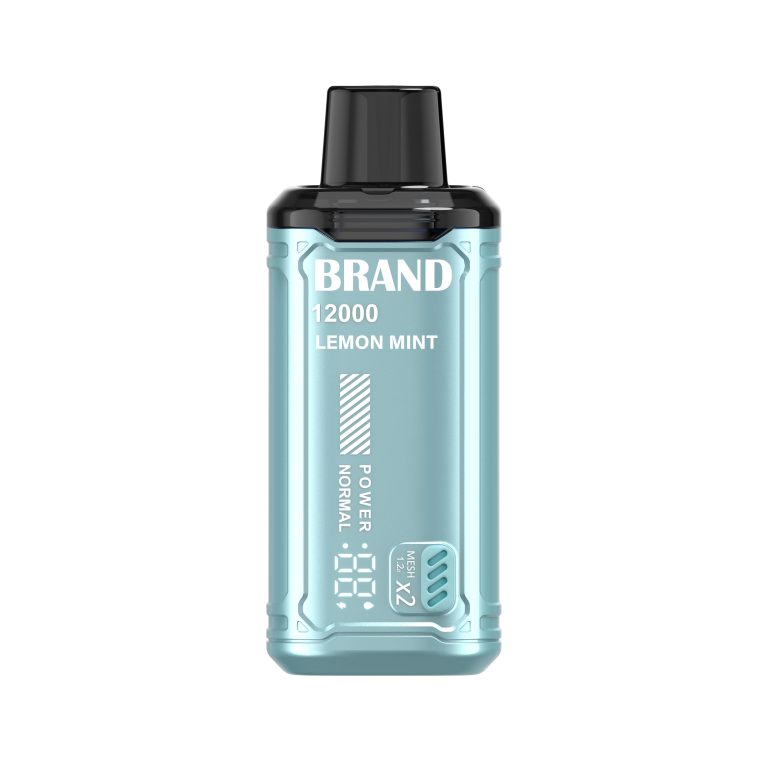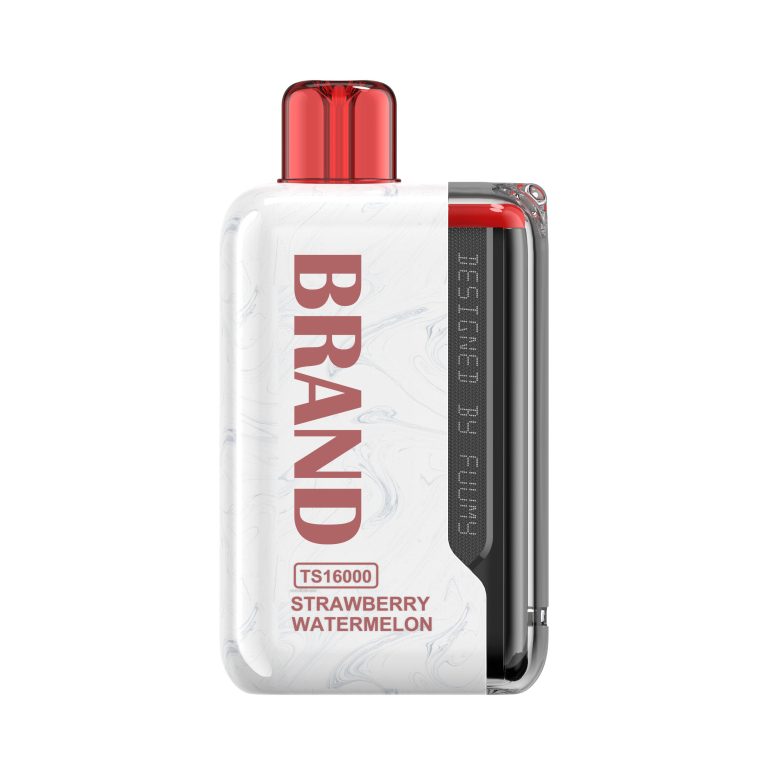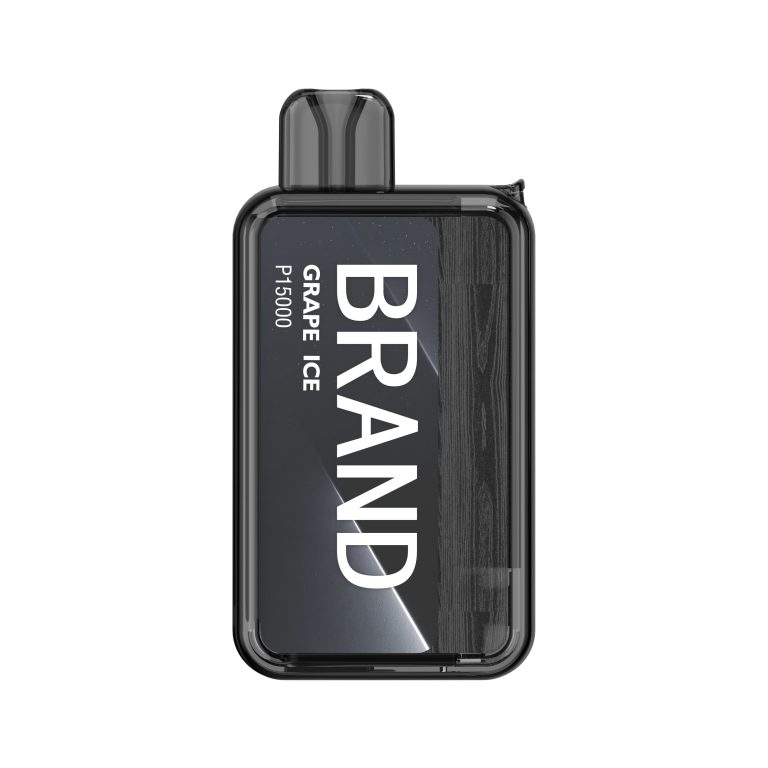Potential Health Implications of Vaping Ingredients
While vaping is often marketed as a safer alternative to traditional smoking, it’s vital to scrutinize the ingredients and their potential health impacts. Understanding the comparative risks is essential for making informed choices.
Comparative Analysis with Traditional Smoking
When comparing vaping to traditional smoking, several factors must be considered, including the types of chemicals involved and their respective health risks. Traditional cigarettes contain hundreds of known carcinogens, including tar and carbon monoxide, which are absent in vape liquids. However, this does not automatically render vaping harmless.
Propylene Glycol (PG) and Vegetable Glycerin (VG), the primary components of e-liquids, are generally recognized as safe for ingestion but not necessarily for inhalation. The long-term effects of inhaling these substances remain poorly understood. Furthermore, flavorings, both natural and artificial, can carry their own risks; compounds like diacetyl, used in some artificial flavors, have been linked to severe lung conditions such as bronchiolitis obliterans, commonly known as “popcorn lung.”
Nicotine addiction remains a significant concern. Both freebase nicotine and nicotine salts have addictive properties that can pose health risks, such as increased heart rate and blood pressure. Users switching from traditional smoking to vaping may reduce their exposure to certain harmful substances, but they may still be at risk of developing nicotine addiction and other health issues related to the ingredients in vape liquids.
Regulation and Quality Control in the Vaping Industry
Given the potential health risks, regulation and quality control in the vaping industry are crucial for ensuring product safety and consumer confidence.
Manufacturing Standards
Regulating bodies like the Food and Drug Administration (FDA) in the United States have established guidelines to ensure that vape products are manufactured under stringent standards. These standards encompass everything from ingredient purity to manufacturing processes. High-quality production facilities follow Good Manufacturing Practices (GMP) to minimize contamination and ensure consistency in vape liquid formulations.
Third-party quality assurance companies often audit these facilities to certify compliance with regulatory standards. This level of oversight helps in maintaining the integrity and safety of vape products. Manufacturers are required to disclose ingredient lists and ensure that harmful substances are kept below permissible levels, thus safeguarding consumer health.
Labeling Requirements
Clear and accurate labeling is another cornerstone of quality control in the vaping industry. Labels must provide detailed information about the product, including the concentration of Propylene Glycol (PG), Vegetable Glycerin (VG), nicotine levels, and any flavorings used. This transparency enables consumers to make informed choices based on their needs and preferences.
Labeling requirements also mandate warnings about the potential risks of nicotine addiction and other health concerns. Child-resistant packaging and clear usage instructions further enhance consumer safety, preventing accidental ingestion or misuse of vape products.
Testing for Purity and Safety
Rigorous testing protocols are in place to ensure the purity and safety of vape liquids. These tests evaluate the presence of contaminants, such as heavy metals, pesticides, and microbial agents. Chromatography and mass spectrometry techniques are commonly used for precise chemical analysis.
Repeated batch testing is conducted to ensure consistency and compliance with safety standards. Any products failing to meet the rigorous criteria are either reformulated or recalled. Independent laboratories often conduct these tests for unbiased results, adding another layer of credibility and trust for consumers.
Changing Trends in Vaping Products and Preferences
The vaping industry is dynamic, continually adapting to consumer preferences and regulatory changes. Recognizing these trends can offer insights into the future landscape of vaping.
Rise of Disposable Vapes
Disposable vapes have surged in popularity due to their convenience and ease of use. These devices come pre-charged and pre-filled with e-liquid, requiring no maintenance or complex setup. They cater to both new and experienced users seeking a hassle-free vaping experience.
However, the rise of disposable vapes raises environmental concerns due to their single-use nature. Efforts are being made within the industry to develop more eco-friendly disposable options or promote recycling programs to mitigate environmental impact.
Growing Popularity of Non-Nicotine Vapes
Non-nicotine vapes are gaining traction, particularly among users who enjoy the sensory experience of vaping but wish to avoid nicotine. These products cater to a diverse range of consumers, including those who have successfully weaned off nicotine or are looking for a less addictive alternative.
Non-nicotine vapes often emphasize flavor and vapor production, offering a similar experience without the health risks associated with nicotine addiction. This growing segment reflects a broader shift towards harm reduction and personalized vaping experiences.
Influence of Flavor Bans on Market Dynamics
Flavor bans enacted in various jurisdictions have significantly impacted the vaping industry. These regulations aim to reduce the appeal of vaping among minors by restricting flavors that may attract younger users, such as fruit and candy varieties. While they play a crucial role in reducing youth vaping, flavor bans have also prompted shifts in market dynamics.
Adult users seeking flavored vape liquids may turn to DIY mixing kits or unregulated markets, raising concerns about product safety and quality. As a response, manufacturers are innovating to create compliant yet appealing flavors that meet regulatory standards without sacrificing user satisfaction.
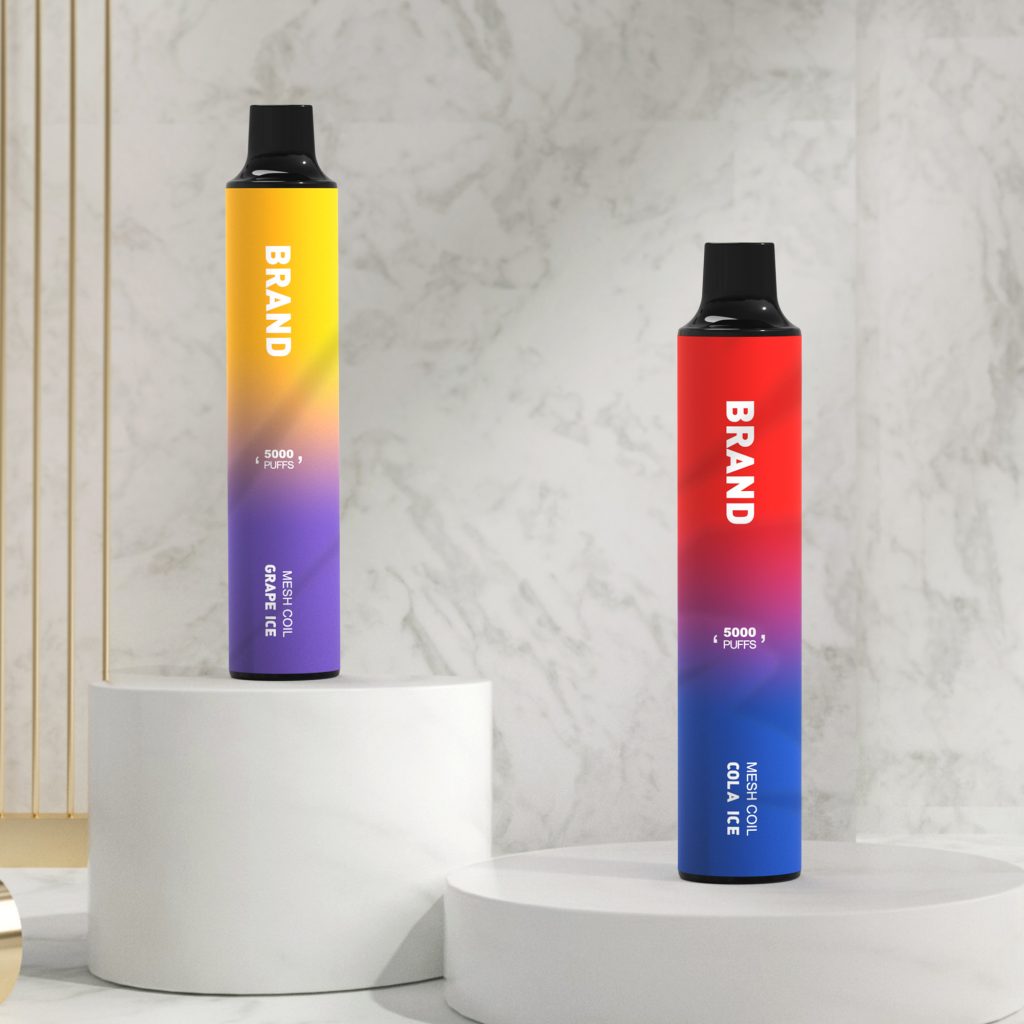
Fuumy
In the ever-morphing cosmos of vaping, Fuumy‘s Disposable Vapes have etched an indelible mark, standing as a beacon of innovation. These devices are nothing short of a revolution, offering a seamless, user-centric, and superior vaping experience that sets a new benchmark in the industry.
Fuumy‘s Disposable Vapes are a living testament to the harmonious marriage of convenience and quality. They offer an unadulterated and delightful vaping journey, free from the common apprehensions that often shadow refillable vape cartridges. Whether you’re a seasoned vaper who has navigated the vast vaping seas or a novice just dipping your toes in, Fuumy’s Disposable Vapes emerge as a reliable and gratifying solution to satiate your vaping desires. Their superior design and performance are not just an addition, but a treasure in any vaper’s collection.
Addressing Common Misconceptions About Vaping Ingredients
Misinformation can lead to misconceptions about vaping ingredients and their health implications. Addressing these misunderstandings is essential for informed decision-making.
One common misconception is that nicotine is the only harmful component in vaping and traditional cigarettes. While nicotine addiction is indeed a serious concern, focusing solely on it can overshadow other potential health risks posed by vaping ingredients. Nicotine is known to increase heart rate and blood pressure, contributing to the development of cardiovascular issues. However, e-liquids free from nicotine are not automatically safe and should still be scrutinized for other harmful substances.
Another misunderstanding is that nicotine salts are inherently safer than freebase nicotine due to their smoother throat hit. This assumption can lead to higher consumption rates, ultimately increasing nicotine intake and potential dependence. Educating the public about the addictive properties of both nicotine forms and promoting moderation can help mitigate these risks.
Conclusively, vaping is a complex subject with various factors influencing its safety and impact on health. A thorough understanding of the vape pen components, e-liquid ingredients, and regulatory environment can empower users to make safer choices. Continuous research and stricter regulations are essential for ensuring the long-term health and well-being of the vaping community.




